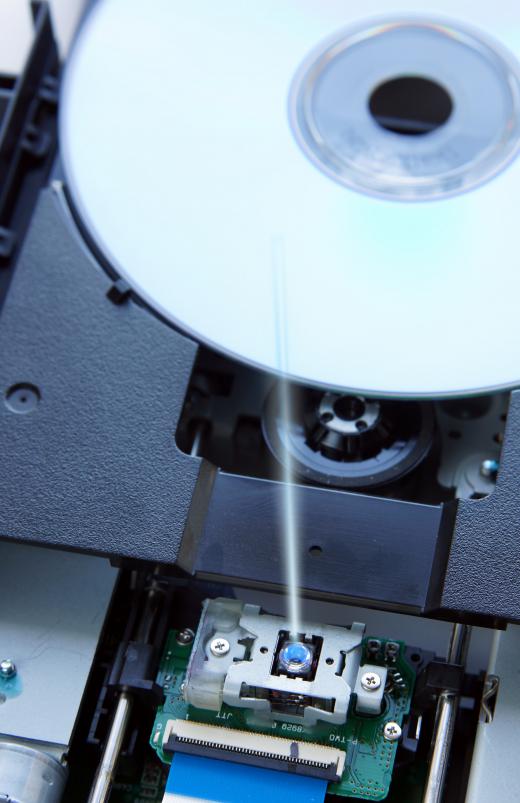What is Optical Computing?
 Michael Anissimov
Michael Anissimov
Optical computing is a computing technology in the research and theory stage. The idea would be to make a computer that relies entirely on light (photons) instead of electricity (electrons) to do computing. The appeal of optical computers is limited, because with short distances, they require more power than electronic computers to do the same computation. Still, optical computing may allow the construction of computers physically impossible using electronics. Optical computing is still in the early stages of development -- only a few very limited prototypes have currently been constructed in the lab.
An optical computer primarily uses lasers to send signals. Unfortunately, lasers can't interact directly with one another in any meaningful way, so performing computations requires an intermediary in the form of matter somehow. Attempts to make "optical transistors" have tended to revolve around materials that re-emit light selectively in response to the intensity of the incoming light. Putting together these components into a huge web can allow the construction of an optical computer.

Thus far, optics has been enthusiastically adopted for data transmission over long distances, as in fiber optics. Over short distances, however -- and this is one of the main downsides of optical computing -- the energy loss experienced by the light requires more power to send a signal than using electrons to send the same signal over the same distance. Over long distances, light wins out, but part of the point of computers is that they're supposed to be small, and the distances over which light is better (10 ft/3 m or more) are pretty big by the standards of computing. Still, it is conceivable that optic channels could be used in large supercomputers to send data more efficiently than electronics.
In theory, optical computing could produce computers tens of thousands of times faster than today's computers, because light can travel that much faster than electric current. In practice, however, the need to use large beams of light to avoid signal loss has precluded that possibility. More recently, however, researchers at Harvard University found a way to flip a register using only a single photon, a milestone which could open the path to efficient optical computing. The researchers took advantage of plasmons, tiny surface disturbances in a medium which can be created by bombarding it with photons.
Optical computing, like quantum computing, is one of those wild-card technologies -- it's one among dozens of approaches that are being developed in anticipation of running up against physical limits with conventional electronic computing, but it remains to be seen whether it will bear fruit in the longer term. Unless you're working on the technology yourself, all we can do now is wait and watch.
AS FEATURED ON:
AS FEATURED ON:











Discuss this Article
Post your comments